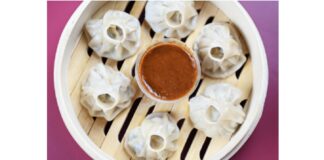
“Mom, can I go out and play?”
“First, finish your chocolate.”
If scenarios like the one above sound a bit far-fetched, consider that researchers at Rutgers University have unlocked the secret behind low-fat chocolate. The “recipe”? They “print” the candy using a 3D printer.
Qingrong Huang, a professor in the Department of Food Science at the university’s School of Environmental and Biological Science and one of the authors of the study, is quoted in a press release as acknowledging, “Everybody likes to eat chocolate, but we are also concerned with our health. To address this, we have created a chocolate that is not only low-fat, but that can also be printed with a 3D printer.”
For the study, the scientific team experimented with different ratios of the ingredients for a standard chocolate recipe to find the best balance between liquid and solid for 3D printing. Seeking to lower the level of fat in the mixture, researchers created a water-in-cocoa butter emulsion held together by gum arabic, an extract from the acacia tree that is commonly used in the food industry, to replace the cocoa butter. The researchers mixed the emulsion with golden syrup to enhance the flavor and added that combination to the other ingredients.
As delightful as it is to eat, Huang said, chocolate is a material rich with aspects for food scientists to explore.
Huang is already working at perfecting low-sugar and sugar-free varieties.
See also…














